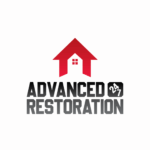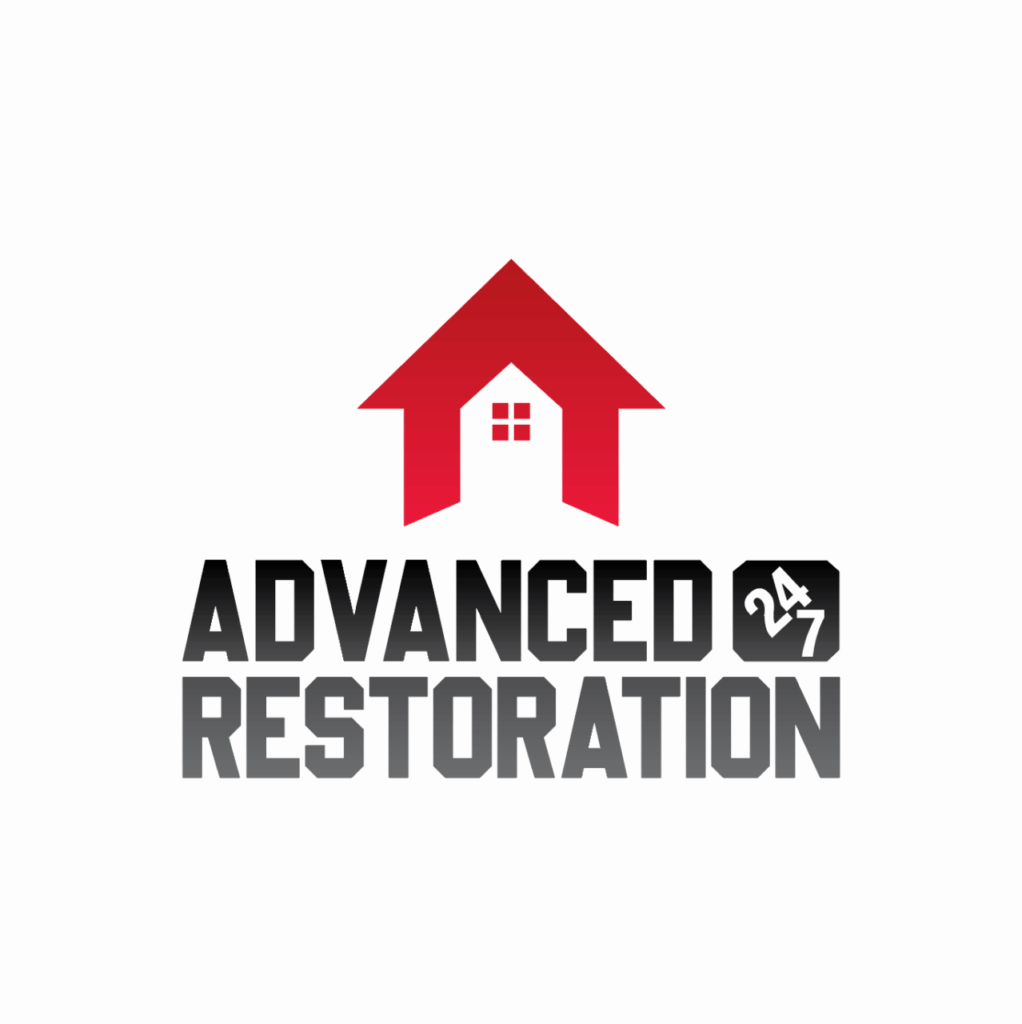Water damage is a homeowner’s nightmare. Whether it’s from a burst pipe, a leaking roof, or a natural disaster, water leaks can cause significant harm to your property and belongings. Knowing how to respond promptly and effectively can make all the difference when faced with this crisis. This comprehensive guide will walk you through the essential steps of water damage restoration protocol to safeguard your home and prevent further damage.
What to Do Immediately After Water Damage?
The first moments after discovering water leaks are crucial. Here’s the standard procedure of what you should do immediately:
- Ensure Safety: Your and your family’s safety should be the top priority. If water is still flowing or there’s a risk of electrical hazards, turning off the power supply to the affected area is crucial. Extreme water damage situations can pose severe safety risks.
- Stop the Water Source: If the water leak is due to a burst pipe or a leaking appliance, turn off the main water supply to prevent additional water from entering your home. In extreme cases, such as flooding, you may need to contact your local authorities for assistance in managing the water source.
- Document the Damage: Take photographs or videos of the affected areas. This documentation can be valuable for insurance claims and restoration purposes. In cases of extreme water damage, it’s essential to document the extent of the destruction thoroughly.
- Contact Professionals: Contact a reputable water damage restoration company like Advanced 24/7 Restoration immediately. Professionals can assess the damage and start the restoration process promptly. In cases of extreme water damage, they have the expertise and equipment to handle the most challenging situations.
- Remove Valuables: Safeguard valuable belongings by moving them to a dry area. This includes important documents, electronics, and sentimental items. In extreme water leaks, where entire rooms or levels of your home are affected, prioritize safely removing valuables.
Extreme Water Damage: Signs and Consequences You Shouldn’t Ignore
A water leak isn’t always immediately apparent, but certain signs should never be ignored. These include:
- Stains on Walls or Ceilings: Brownish stains or discoloration on walls or ceilings often indicate water leaks. In cases of extreme water damage, these stains can spread rapidly, signaling the urgent need for intervention.
- Musty Odors: A persistent musty smell can be a sign of hidden water damage and mold growth. Extreme water damage may produce a highly pronounced musty odor, indicating widespread moisture infiltration.
- Peeling Paint or Wallpaper: Moisture can cause paint or wallpaper to peel away from the surface. In cases of facing these kind of issues, entire sections of walls may show extensive peeling and bubbling.
- Warped or Buckled Floors: Water can cause wood and laminate flooring to warp or buckle. Extreme water leaks can result in entire floors becoming uneven and unsafe to walk on.
- Visible Mold: If you see mold growth, it clearly shows water infiltration. In cases of extreme water damage, mold can proliferate rapidly, posing health risks to occupants.
What to Do After Water Damage: A Timeline
Recovering from water damage is a process that unfolds over time. Here’s a general timeline of what to expect:
- 0-24 Hours: In the immediate aftermath, professionals assess the damage, extract water, and begin the drying process to prevent mold growth. In cases of extreme water leaks, this phase may involve large-scale water extraction efforts.
- 24-48 Hours: Drying and dehumidification continue. Professionals inspect for hidden water pockets, especially in extreme water damage where water can be trapped within building structures.
- 48-72 Hours: Restoration experts assess structural damage and plan repairs. Mold prevention measures are put in place, with heightened vigilance in cases of extreme water issues due to the increased risk of mold growth.
- 1 Week: Structural repairs, such as replacing drywall and insulation, may begin. Mold prevention strategies are ongoing and may require more extensive measures in cases of extreme issues.
- 2 Weeks: Structural repairs are completed, and the restoration process wraps up. Final inspections ensure your home is safe and dry. In cases of extreme water damage, the restoration timeline may be extended due to the complexity of the work involved.
Water Damage Restoration Price Sheet: Understanding the Costs
Understanding the costs associated with water leaks restoration is crucial. These costs can vary depending on the extent of the damage, the materials affected, and the professional services required. It’s essential to clearly understand the expenses involved and how they are calculated.
In cases of extreme water leaks, restoration costs can be substantial. The extent of the damage may necessitate significant structural repairs, material replacements, and mold remediation efforts. It’s vital to obtain detailed estimates from restoration professionals and discuss the pricing structure. In extreme water damage situations, insurance coverage may be crucial in managing restoration costs.
How to Prevent Water Damage from Happening Again?
Preventing water leaks in the future is just as important as restoration. Here’s how to protect your home:
- Regular Maintenance: Schedule routine inspections of your plumbing, roof, and appliances. Fix any issues promptly to prevent extreme water leaksfrom recurring.
- Proper Insulation: Ensure your home is properly insulated, especially in areas prone to water infiltration. Adequate insulation can help prevent consequences caused by leaks and condensation.
- Sump Pump: Consider installing a sump pump in your basement to prevent flooding during heavy rains or events of this kind. Sump pumps are particularly effective in managing water in low-lying areas.
- Gutter Maintenance: Keep gutters and downspouts clean and in good repair to direct rainwater away from your home. In some cases, gutters that are clogged or damaged can exacerbate the situation.
- Sealing: Seal cracks and gaps in your home’s foundation and walls to prevent water entry. In cases of extreme water leaks, thorough sealing is essential to fortify your home against future incidents.
Securing Your Home and Peace of Mind: The Water Damage Restoration Protocol
Water leaks are challenging, but with the right response, preventative measures, and understanding of costs, you can minimize its impact on your home. Remember, when faced with water leaks, your first call should be to professionals like Advanced 24/7 Restoration, who can guide you through the restoration process, especially in extreme water damage where expertise and resources are critical.
You can protect your home and prevent future water-related disasters by acting swiftly and proactively.
Advanced 24/7 Restoration’s mission is to provide unparalleled care and support to our valued clients. Delivering the best solutions for your property restoration needs. Our vision is to be the top-rated damage restoration company in Denver, known for our exceptional services, professionalism, and dedication to customer satisfaction. Water damage, fire damage, flood damage, and more.
- This author does not have any more posts


